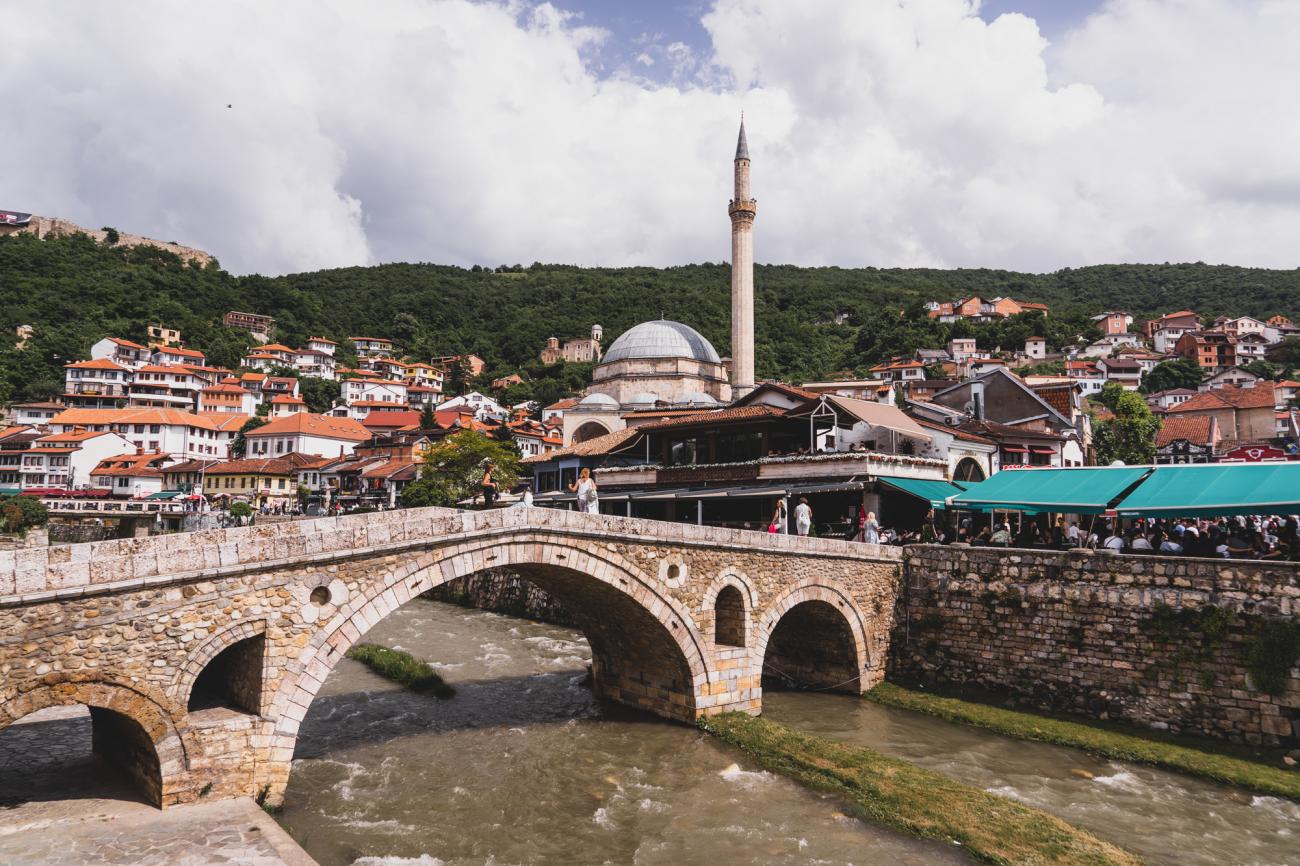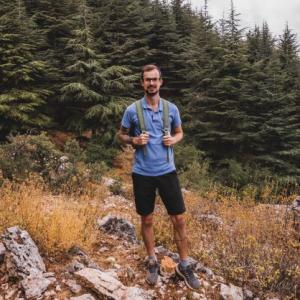Kosovo: A Forgotten Corner of Europe
Our driver places white stickers on our minibus’ license plate, covering up the country code of SRB or Serbia while we nervously wait inside. We’re at the border of Kosovo and any sign of Serbia needs to be hidden by a Kosovan-imposed rule before we enter. There’s a slight tension in the air, even between the most experienced of travellers in our group. The past few weeks, the media has been showing unrest in towns near the border and United Nations has sent additional troops to the region. Are we entering a war zone?
Kosovo is Europe’s youngest nation and after the cursed nineties, it declared its independence in 2008. As of now, 101 United Nations countries out of the 193 have acknowledged the newfound nation. New highways, massive expansion of the capital and Kosovans abroad make it a booming place. Not devoid of political and economic hardships as well as a lack of opportunities, the country is trying hard and with international support things are slowly improving.
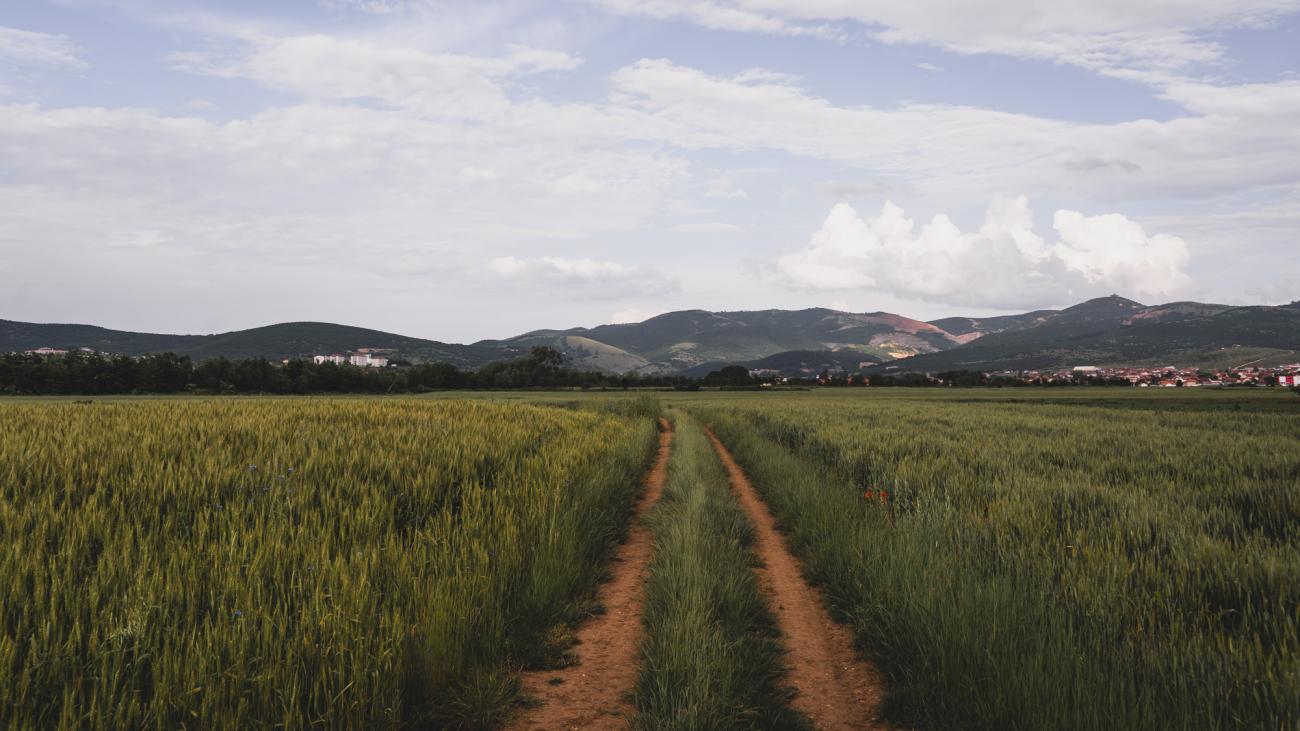
Our first stop is the capital Pristina, which tripled in population over the last two decades. A local guide awaits us and leads us on a two-hour walking tour around the highlights of the city. Admittedly not the most attractive capital in the world, it’s still incredibly interesting to hear the stories from a local who knows the country inside out. After numerous monuments to commemorate the atrocities from the nineties and to honour those who gave their lives for independence, we finish our sunny stroll through the leafy pedestrian zone and have lunch in one of the many restaurants with packed terraces. We see families, businesspeople and hundreds of students from the nearby (free) university.
One of the southeastern suburbs of the capital is Gračanica (pronounced Grashanitsa), an enclave inhabited by mainly Serbians. Kosovo consists of a 95% Albanian Muslim population and a 3% Serbian Orthodox Christian minority. The entrance of the neighbourhood is marked with Serbian flags and the signs on shops are suddenly not in Albanian but Cyrillic writing now. We’re here for the beautiful 13th century Orthodox Christian Monastery. Pictures aren’t allowed inside but take my word that the frescos rendered even the non-religious among us speechless.
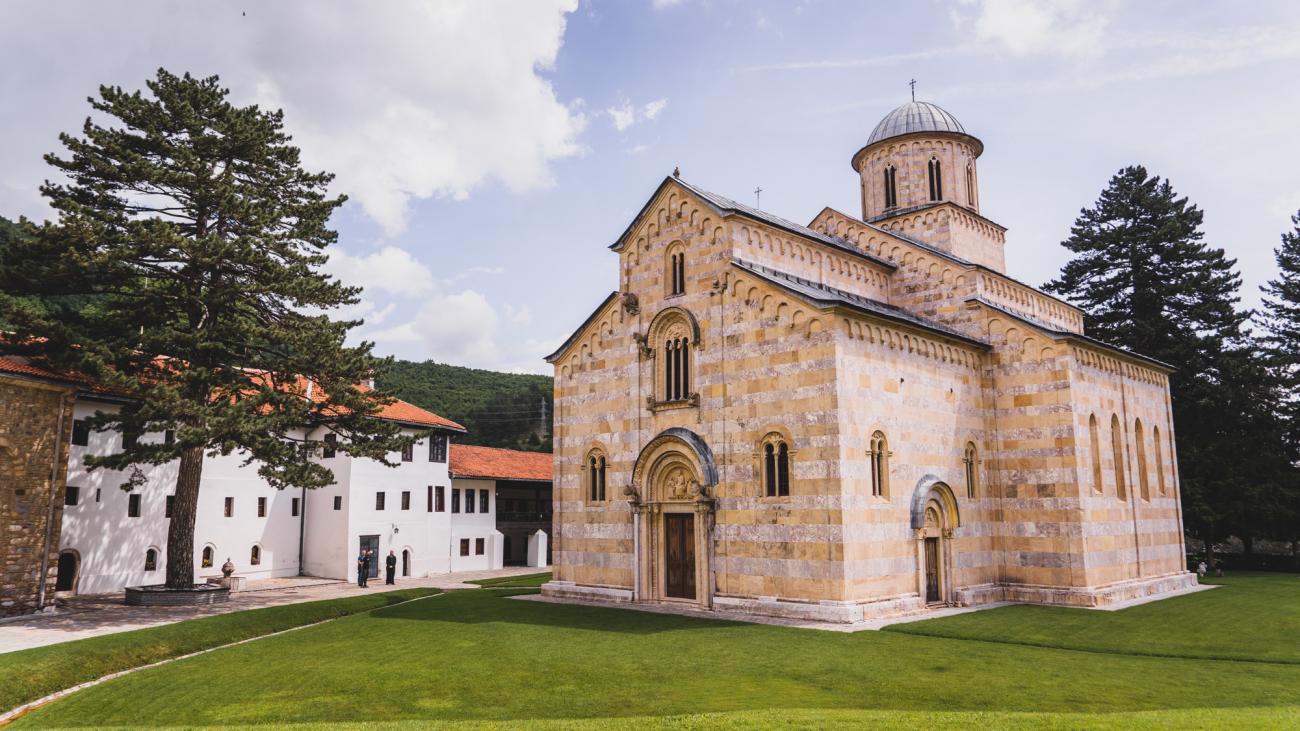
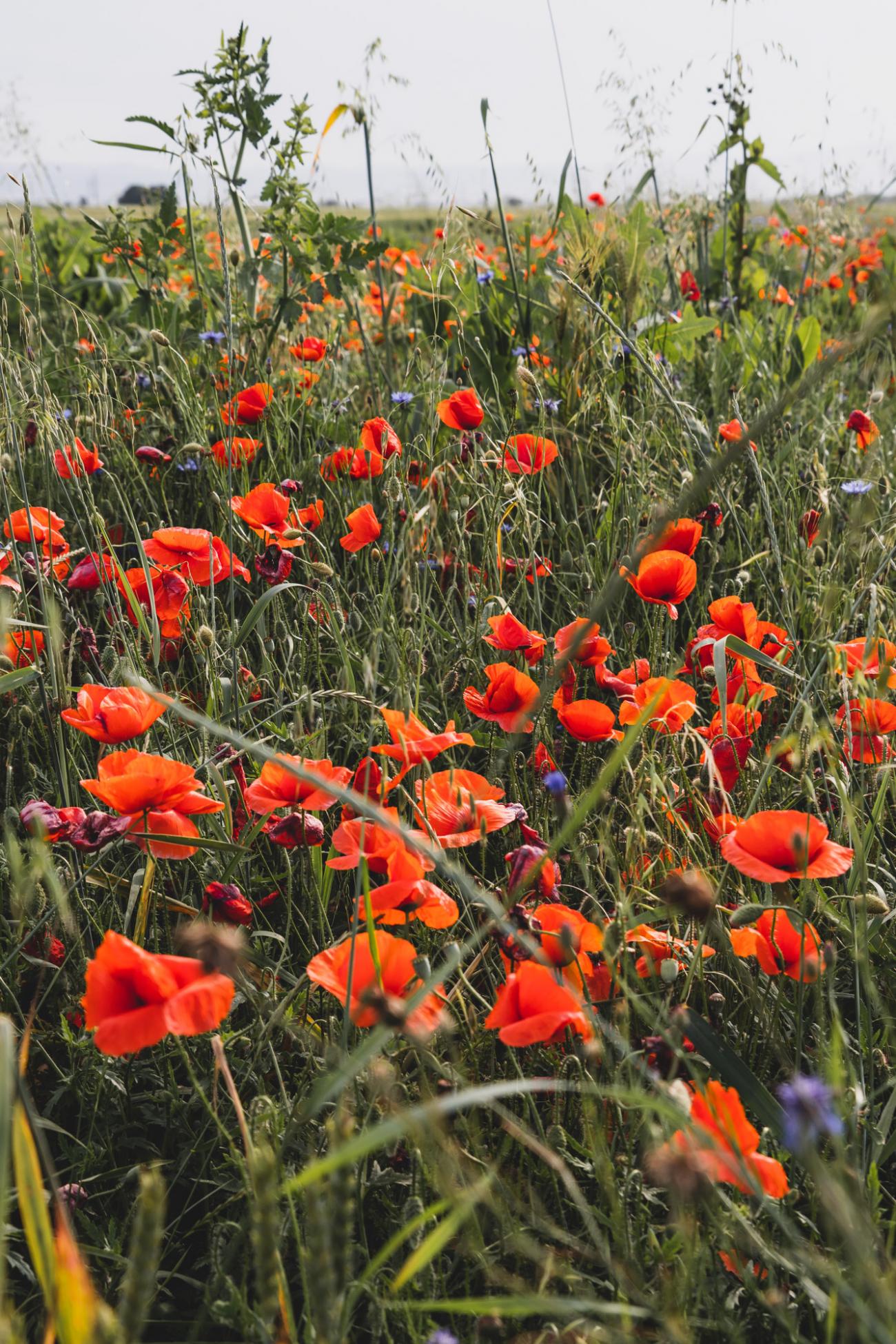
The hotel we use on this tour is the beautiful and modern boutique Hotel Gračanica. With outdoor swimming pool, bright contemporary rooms with wooden elements and views over the countryside, I’m more than happy spending our two nights in Kosovo here. Additionally, at a mere 15 minutes’ walk away is the Roman site of Justiniana Secunda or Ulpiana. Surrounded by fertile grasslands teeming with blooming wildflowers such as red poppies, I understand why the Romans settled down here.
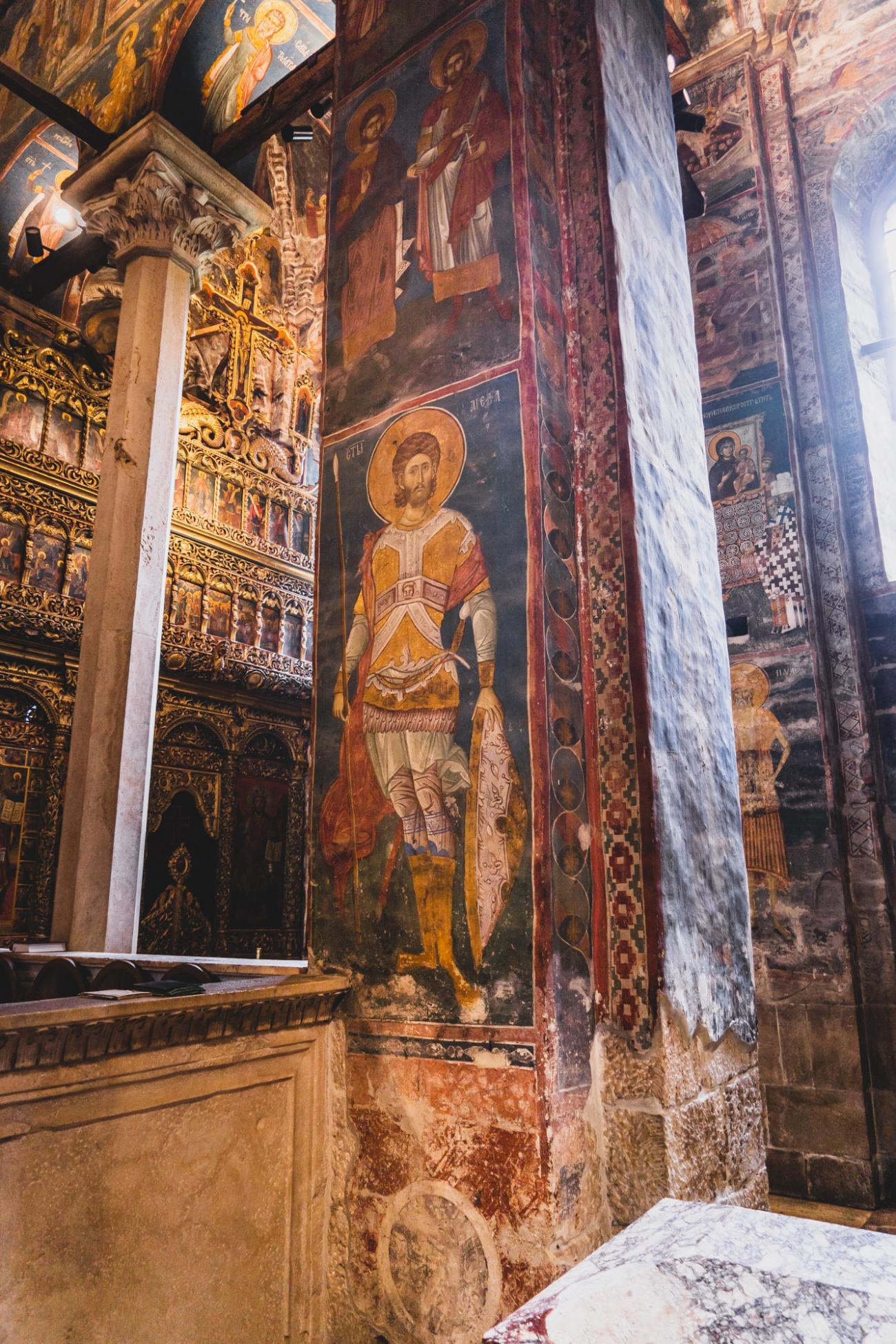
The next morning, we set off early for a full-day trip around Kosovo. The country’s topography mainly consists of huge plains surrounded by mountains on its borders with Albania, Bulgaria, Montenegro and Serbia. As it’s primarily flat, the views are endless and since it rained quite a bit over the last month, nature is as green as can be.
In the foothills of the Accursed Mountains bordering Albania and surrounded by forests, lies our first highlight of today (and perhaps our entire trip across Serbia, Kosovo and Bosnia & Herzegovina): Visoki Decani Monastery. Built in the 14th century, about 60 years before the Ottoman conquest of the Balkan Peninsula, the main church is intact and exactly as it looked over 600 years ago. The monastery is still functioning, and the monks are mainly self-sufficient, even making cheese and brewing beer for commercial purposes. Inside, one of the monks shows us the incredible frescos which, in this church, we’re allowed to photograph. Orthodox churches depict bible stories, saints and kings and don’t leave a square centimetre of wall blank, thankfully! But then to our surprise came the cherry on the cake - the sarcophagus of the king who commissioned the monastery was opened by the monk for us to see. Behind glass still, this is quite unique and although only the hand is visible (quite well preserved) seeing a 650-year-old king isn’t something you experience on a regular basis where I’m from.

A 1.5-hour drive away from the monastery is the cultural capital of Kosovo: Prizren—a city dominated by beautiful mosques, and Ottoman-style houses with a stunning backdrop of mountains. Judging by the number of visitors, from school groups to football fans on their way to the local game, this is an essential hotspot for tourism in the region. The city is also an ideal place to try the local cuisine as the options are plentiful. The river intersecting the town is saturated with the heavy rains over the past few days, but its iconic bridges make for beautiful pictures and some free time here is the perfect way to end our visit.
The next morning, we start early as the continuing protests mean we need to take a rather large detour. While our driver can remove the stickers again, we feel grateful for getting to know this often-overlooked region. Kosovo is an unmissable part of our Into the Balkans group tour and from the bottom of my heart, I hope the people of this new nation continue to see improvement.
